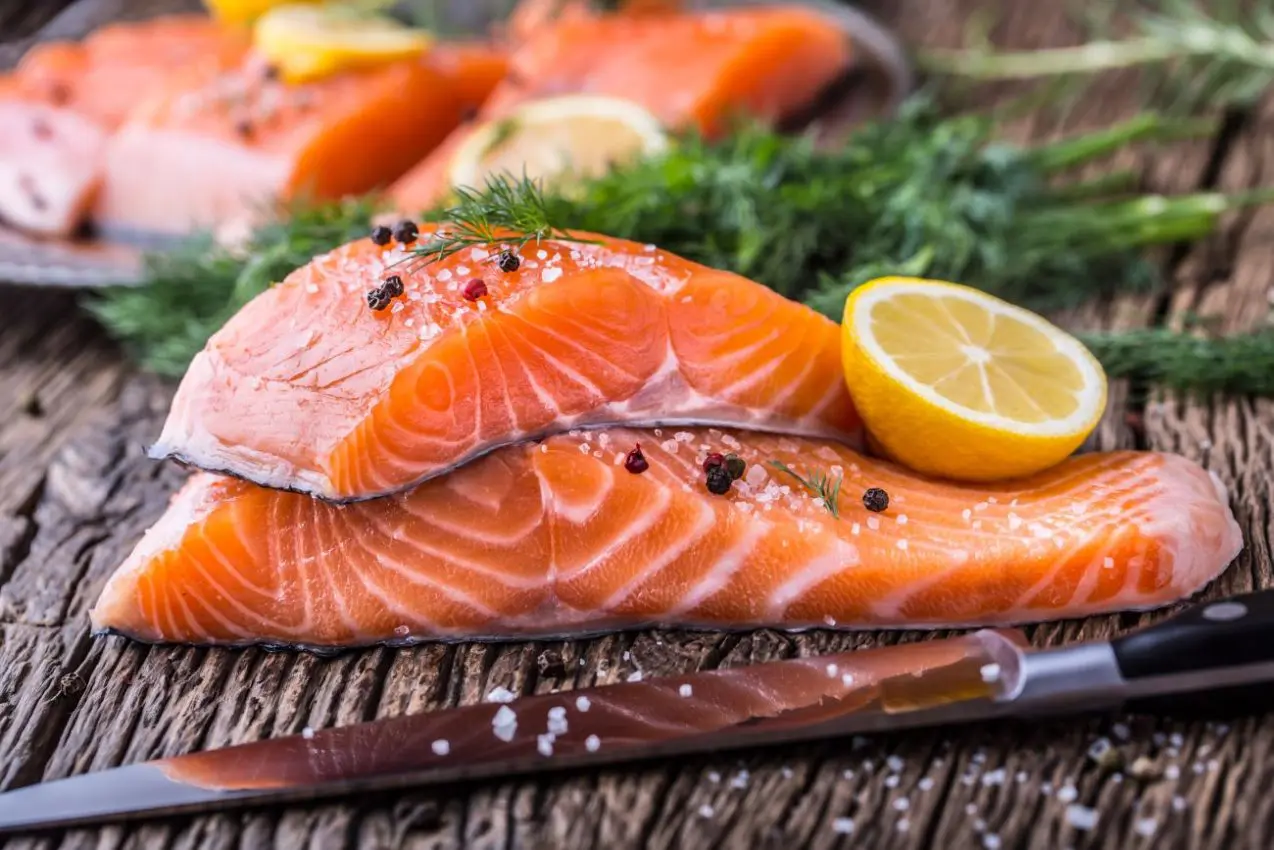Salmon lovers may need to budget more for the nutrient-rich fish this year as regulators move to halt all salmon fishing off California's coast for 2023. With the state's major wild salmon sources off limits, limited supply will drive up costs.
The Pacific Fishery Management Council has recommended cancelling the season starting May 16 for salmon fishing in California and southern Oregon. This expected federal approval reflects forecasted low population numbers of Chinook salmon returning to spawn in the Klamath and Sacramento Rivers.
"California is really good at providing nutritionally valuable food like salmon to Americans," said PFMC's Robin Ehlke. "I think it will definitely be noticed that salmon's not part of anybody's meal plan."
While northern Oregon and Washington will still allow salmon fishing, California's wild-caught Chinook make up the bulk of salmon on the West Coast. Less supply will likely translate to pricier salmon in markets and restaurants nationwide.
Even farmed salmon may see cost increases, as people turn to it as an alternative. "A decline in fishing will increase prices and put a strain on people who make their living fishing," said Bryan Boches of Safe Catch. "We need to find the sustainable balance."
California's salmon industry generates $1.4 billion in annual economic value and supports 23,000 jobs. A fishing shutdown risks significant losses, illustrating the environmental stakes.
Salmon populations have been trending down for decades, with Chinook numbers far below levels in the 1980s and '90s. According to Ehlke, the most pivotal factor in population fluctuations is water.
Salmon require cold, clean flowing water to thrive. But drought severely impacts conditions by reducing flows. Diverting water for agriculture and cities while rivers run low further strains the ecosystem.
Since salmon spend years in the ocean between spawning in rivers, current low forecasts reflect environmental factors from three years prior. The heavy California rainfall this winter should eventually help recovery.
But Ehlke believes it may take one to two years before salmon rebound after years of drought. Hatchery production can supplement wild populations, but those fish also rely on healthy rivers.
Removing outdated dams represents another positive step. "This will provide flowing water and habitat for salmon," Ehlke said of the planned Klamath River dam demolition this summer.
The fishing ban promises major economic consequences. "It will affect everyone from the vessels, the crewmen, the warehouses, the truck drivers - it goes on and on and on," said Mike Conroy of the Pacific Coast Federation of Fishermen's Associations.
Thousands stand to lose seasonal income. Conroy wants the state to provide disaster relief funding to struggling fishing towns. Tackle shops, hotels, and coastal communities will also feel the salmon shutdown's impacts.
Tribes retaining fishing rights in certain areas may generate some supply for consumers. But total catches will drop precipitously without California's contribution.
Some worry years of restrictive fishing seasons could drive skilled workers away permanently, eroding generational knowledge. But advocates hope smarter water policies and habitat improvements will lead salmon to rebound.
"As long as society comes together to protect our waterways and utilize sustainable fishing practices, we can have a thriving ecosystem," Boches said.
In the meantime, salmon lovers can show support for local fishers by buying whatever limited catch reaches markets this year. Investing in salmon's future also means supporting broader environmental efforts to ensure reliable access to this iconic fish.





























